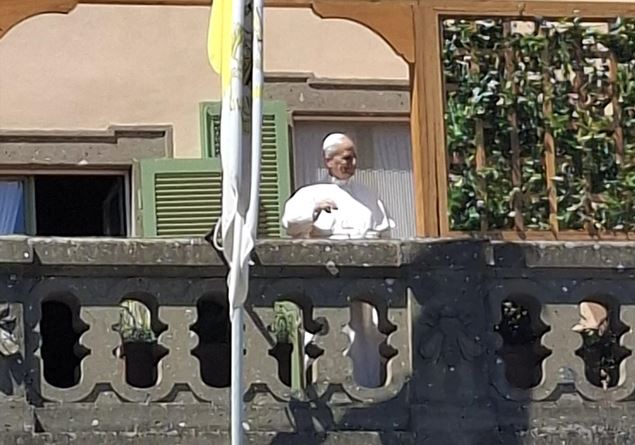«Requiesite pusillum», «Come apart, you alone, to a deserted place, and rest a while» (Mark 6,31). These are the words with which the Master invites the disciples, who evidently begin to have no respite from the onslaught of the people once sent on a mission by Jesus (Mark 6.12). Words that reveal the entirely human need, even of the apostles, for rest, for a time dedicated to being together, telling stories, recovering and, together, the delicacy of Jesus (even if the “retreat” then fails, Mark 6.33, when people see them apart…). And perhaps, we can at least imagine, these words are behind Pope Leo’s choice to “switch off” and leave the Vatican almost every Tuesday to spend a day in the pontifical villa of Castelgandolfo. A small detail which, however, did not escape the attention of observers, given that Pope Francis – breaking a consolidated practice – had renounced any rest, even the summer holiday, outside of Casa Santa Marta.
Prevost’s choice may seem surprising, but on closer inspection, not so much. It was the practice of the Popes before Francis to reserve a day of rest outside the Vatican. Rest is actually relative, given that Prevost, like his predecessors, brings with him folders of documents and issues to follow even from afar. But the happy setting of the pontifical villa allows for a peaceful walk among nature, a swim in the swimming pool (built by John Paul II, famously fond of skiing and swimming in his best years) and a trip to the tennis court. Moreover, even before being elected Pope, we learned that Cardinal Prevost frequented the gym.
In reality, even the recommendation to priests, bishops, general superiors of congregations to set aside one day a week – to recover, pray, be in fraternity with other brothers, do physical activity – is not an absolute novelty. Cardinal Martini recommended it to his priests and I remember that a figure from the Vatican curia, during a general chapter, in tracing the identikit of the future superior general of the congregation, reiterated the importance of practicing an “ecology of the spirit”, distributing commitments and tasks so as to find space even for an “uncommitted” time. I remember sometimes seeing, on Tuesdays (the day that many priests dedicate to “rest”), Dom Edmund Power, when he was abbot of San Paolo Fuori le Mura, in Rome, whizzing around on a racing bike in his uniform, together with a brother, on the Lungotevere cycle path. Monastic wisdom! And I remember the parish priest of my childhood who loved climbing the mountains to hunt for mushrooms (and I assure you, he found a lot!).
We are used to thinking of the life of a priest dedicated body and soul to the ministry, “full time”. That’s right, you’re not an hourly priest. But this does not exclude finding times in which you leave urgencies aside, to take care of yourself, of your interiority, body and spirit. The wise Qoheleth would say there is a time for one thing and a time for another. If the reality of the life of a priest requires it, even more so that of a Pope. And Prevost, in this sense, is a man of our time: he does not disdain nature, walks, horses (they gave him two as a gift, mindful of having seen him on horseback in his Peruvian life…), a bit of tennis… A lesson in humanity and ordinariness, which does not bypass the human condition common to all.
in the photo Ansa, the Pope in Castelgandolfo


